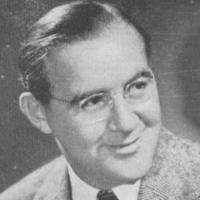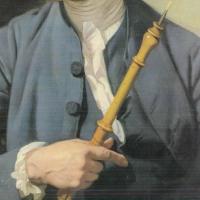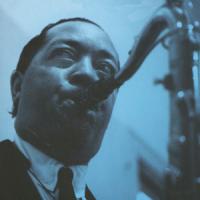Towards the end of his life, John Cage (1912-1992) was faced with an increasing number of composition assignments. To meet the demand, his assistant designed a number of software programs to separate main and side issues from composing. One program calculated the so-called time brackets, for any desired number of voices. Cage used these time brackets for his so-called number pieces, where the title
… of the piece indicates how many performers there are (for example Two or Five). Within these number pieces, the time brackets function as time units within which a performer can use a number of sounds as he sees fit - subject to certain margins. The result is a slowly moving music, in which the typical Cagean combination of 'determination' and coincidence is very recognizable. Sometimes the lengths of the time brackets are beautiful, as in Two for sho (a Japanese mouth organ) and violin. The sections before the sho last at most 10 minutes, because the instrument, which needs to be heated before playing, cools down while playing, so the player has to change instruments every 10 minutes. Cage has written a large number of number pieces. A number of them have now been put on CD, played by the Ives Ensemble. (HJ) _ Cage has written a large number of number pieces. A number of them have now been put on CD, played by the Ives Ensemble. (HJ) _ Cage has written a large number of number pieces. A number of them have now been put on CD, played by the Ives Ensemble. (HJ) _more





